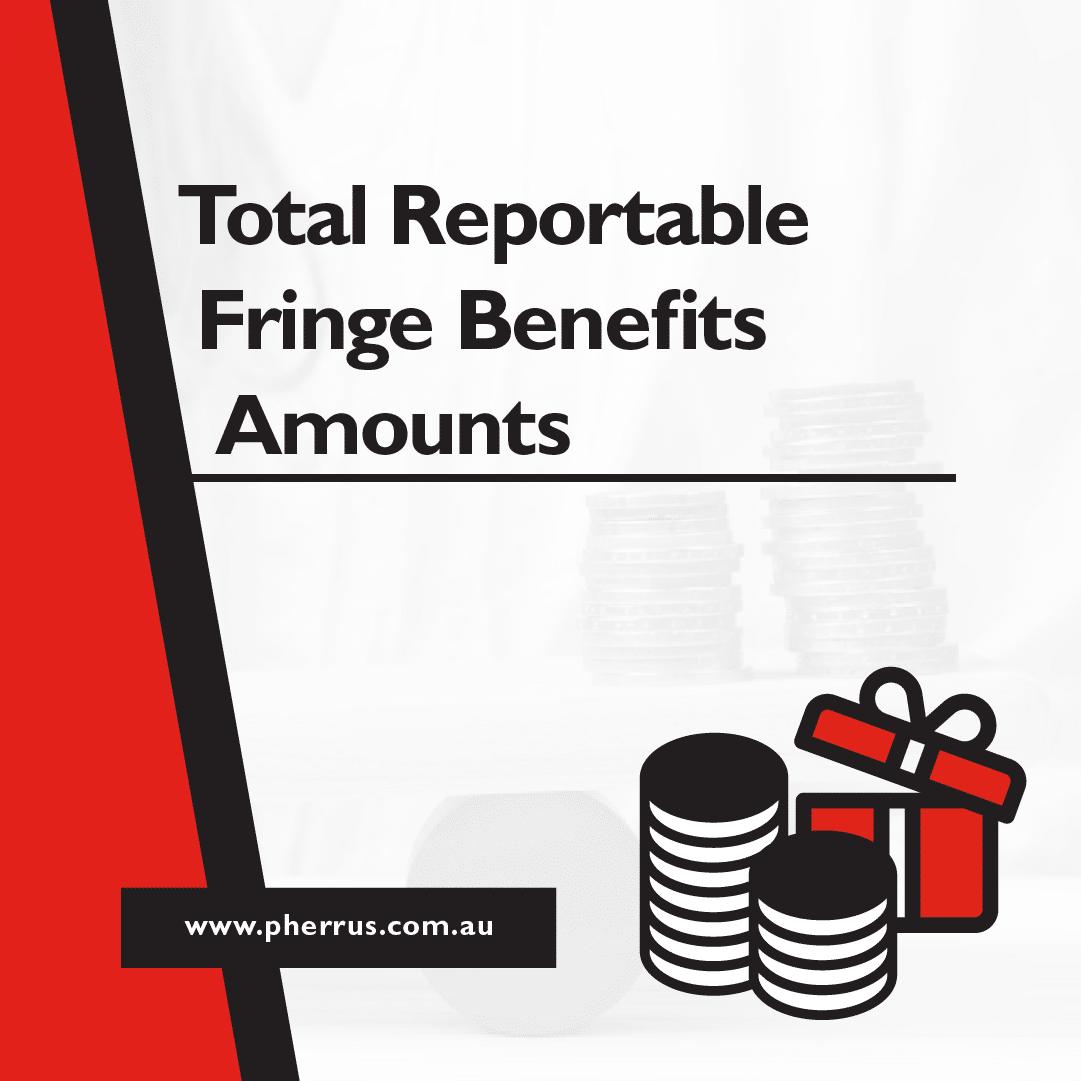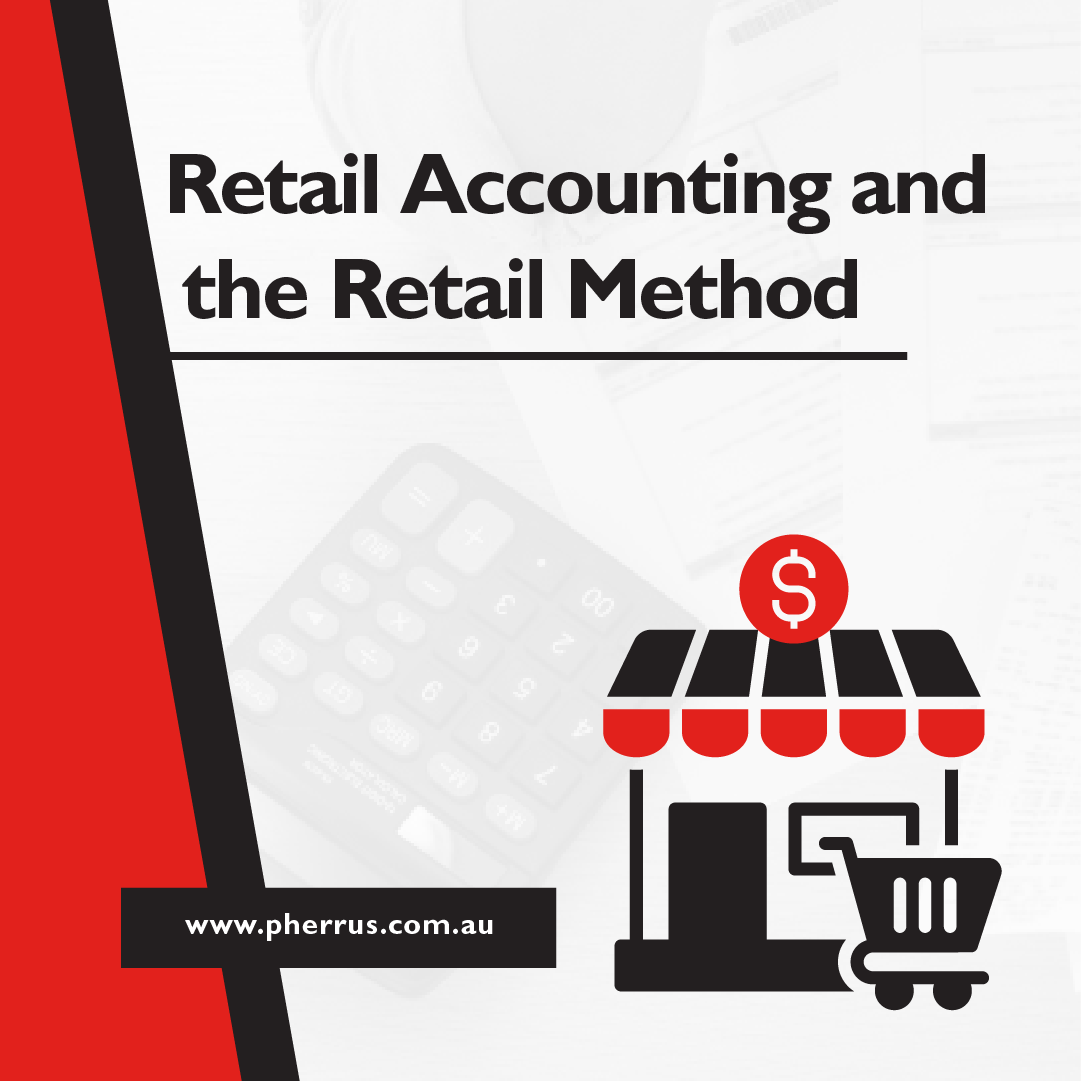Are you considering a job that offers more than just a salary?
Perks like a company car or gym membership can make a job offer much more tempting!
Before signing the contract, you must understand the Total Reportable Fringe Benefits Amount (TRFBA).
While you don’t pay income tax directly on your TRFBA, it can impact your government benefits, Medicare Levy Surcharge, and other financial obligations.
Many employees don’t realise this until tax time, but you can get ahead now and save yourself from any unwelcome surprises and hits to your wallet!
What is the TRFBA, and how does it affect you?

What Are Fringe Benefits?
Firstly, we have to understand fringe benefits. They are non-cash perks your employer provides in addition to your salary.
- Company cars for personal use
- Discounted loans (e.g., lower interest rates on a work-issued loan)
- Free or subsidised health insurance
- Work-paid gym memberships
- Entertainment benefits, like restaurant meals or event tickets
Fringe benefits are a great bonus, but they come with tax and financial considerations for both you and your employer.
Your employer must pay Fringe Benefits Tax (FBT) on fringe benefits they provide to you.
As for you, fringe benefits count toward your Total Reportable Fringe Benefits Amount (TRFBA), which can affect your government payments, Medicare Levy Surcharge, and HECS-HELP repayments.
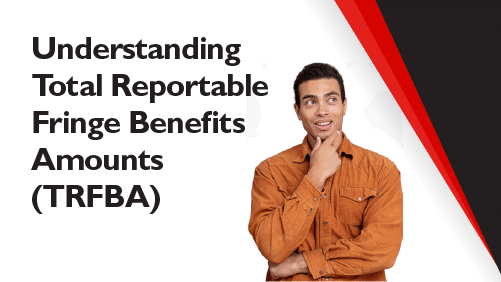
Understanding Total Reportable Fringe Benefits Amounts (TRFBA)
Your Total Reportable Fringe Benefits Amount (TRFBA) is the value of certain fringe benefits your employer provides.
If the total taxable value of your reportable fringe benefits exceeds $2,000 in an FBT year (April 1 to March 31), your employer must calculate the grossed-up amount and report it as the TRFBA.
What does “grossed up” mean, and why is the TRFBA grossed up?
“Grossed up” means increasing the value of your fringe benefits to reflect what you would have earned before tax to receive the same benefit in cash.
Example: If you receive a $3,000 fringe benefit, your employer applies a FBT gross-up rate (usually 1.8868 if GST applies).
Your TRFBA will be reported as $5,660 on your income statement.
As fringe benefits are given to you before tax is taken out, the ATO requires employers to adjust (gross up) the amount to make it fair compared to regular salary earnings.
This process ensures that the ATO assesses employees with benefits the same way as those receiving a higher salary instead.
Are All Fringe Benefits Reportable?
No, not all fringe benefits are reportable.
- Work-related items like laptops, phones, and tools
- Relocation costs for work-related moves
- Some emergency health care benefits
- Certain not-for-profit or charity sector benefits
These are FBT-exempt or concessional, meaning they won’t appear on your income statement or impact your TRFBA.
Where To Find Your Total Reportable Fringe Benefits Amount
If your employer reports through Single Touch Payroll (STP), your TRFBA will appear on your income statement.
You can access this through your myGov account by linking it to the ATO.
Some employers still issue payment summaries (formerly group certificates) instead of using STP.
If so, your TRFBA will be listed on your payment summary.
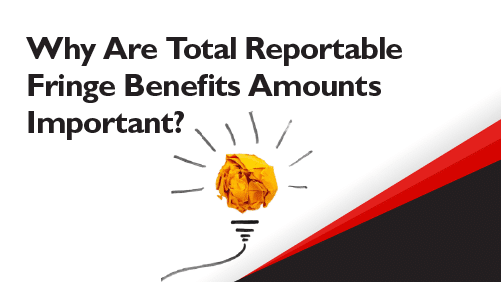
Why Are Total Reportable Fringe Benefits Amounts Important?
The ATO includes your TRFBA in income calculations for various financial obligations.
- Medicare Levy Surcharge: If your TRFBA pushes your adjusted taxable income above the surcharge threshold, you may need to pay an extra tax on top of your Medicare Levy.
- HECS-HELP/HELP Debt Repayments: The ATO uses adjusted taxable income, which includes the TRFBA, to determine how much you need to repay each financial year. If your TRFBA increases your income above a repayment threshold, you may have to pay a higher percentage of your debt.
- Government Family Assistance Payments: The Family Tax Benefit and Child Care Subsidy are income-tested and can decrease if your TRFBA raises your total income.
- Child Support Assessments: Your TRFBA is included in assessable income for child support calculations, meaning a higher TRFBA could increase how much you’re required to contribute.
Example: The Medicare Levy Surcharge (MLS) applies if your adjusted taxable income (which includes your TRFBA) is above the threshold and you don’t have private hospital cover.
The MLS threshold for a single person is $97,000 per year.
Let’s say your taxable income is $93,000, and you receive fringe benefits with a grossed-up TRFBA of $5,000.
Your adjusted taxable income becomes $98,000, which pushes you above the MLS threshold.
As a result, you’ll need to pay the MLS (1% of your income), costing you an extra $980 in tax.
Understanding how the TRFBA affects your financial situation will help you plan for any financial impacts and make informed decisions about your compensation package.
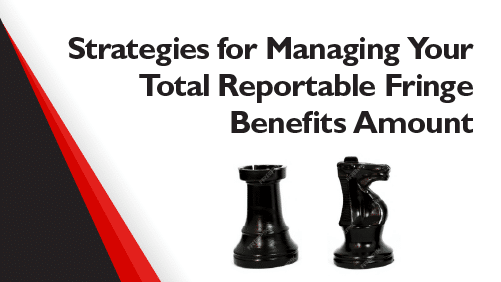
Strategies for Managing Your Total Reportable Fringe Benefits Amount
As the ATO includes your Total Reportable Fringe Benefits Amount in your adjusted taxable income, it may push you over certain thresholds, leading to higher costs or reduced benefits.
To minimise your TRFBA, consider these strategies.
- Salary Packaging/Cash-Out Benefits: Some employers offer the option to receive a higher salary instead of certain fringe benefits. Since salary is taxed differently from the TRFBA, this could reduce the impact on your income-tested obligations.
- Employee Contributions Towards Benefits: You may be able to pay for part of your fringe benefits with post-tax income (e.g., contributing towards a company car), lowering the taxable value of the benefit and reducing your TRFBA.
- Choosing Different Benefits: Some benefits, like work-related laptops and tools, are exempt from Fringe Benefits Tax and won’t count towards your TRFBA. If you have flexibility in choosing benefits, opting for tax-exempt options may help.
Before making changes to your salary package or fringe benefits arrangement, it’s best to discuss your options with a financial advisor or accountant—like those at Pherrus!
They can assess how to structure your benefits to reduce your TRFBA without unnecessary financial impacts.

Take Control of Your Fringe Benefits: Talk to Pherrus
Smart fringe benefit strategies can mean more perks, fewer surprises, and better tax outcomes.
Talk to Pherrus Financial Services today to make sure your benefits work for you, not against you!
Call (02) 9099 9109 to book an appointment with an expert Pherrus accountant at our Bella Vista office in Sydney.
Alternatively, complete this online form, and we’ll contact you shortly.


